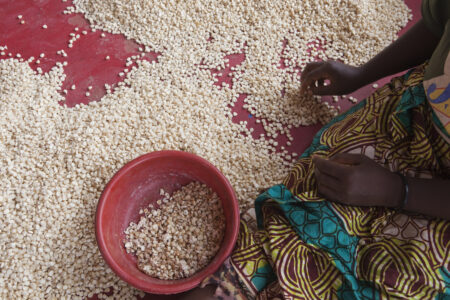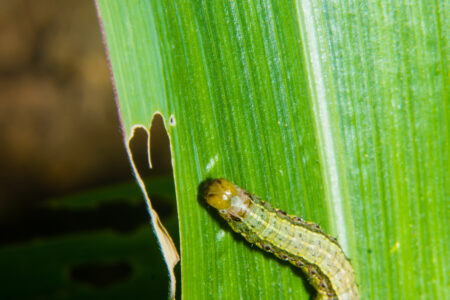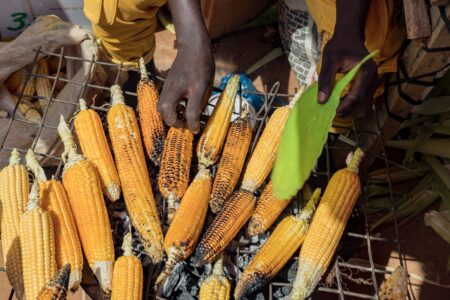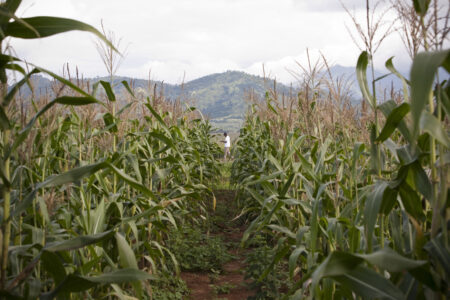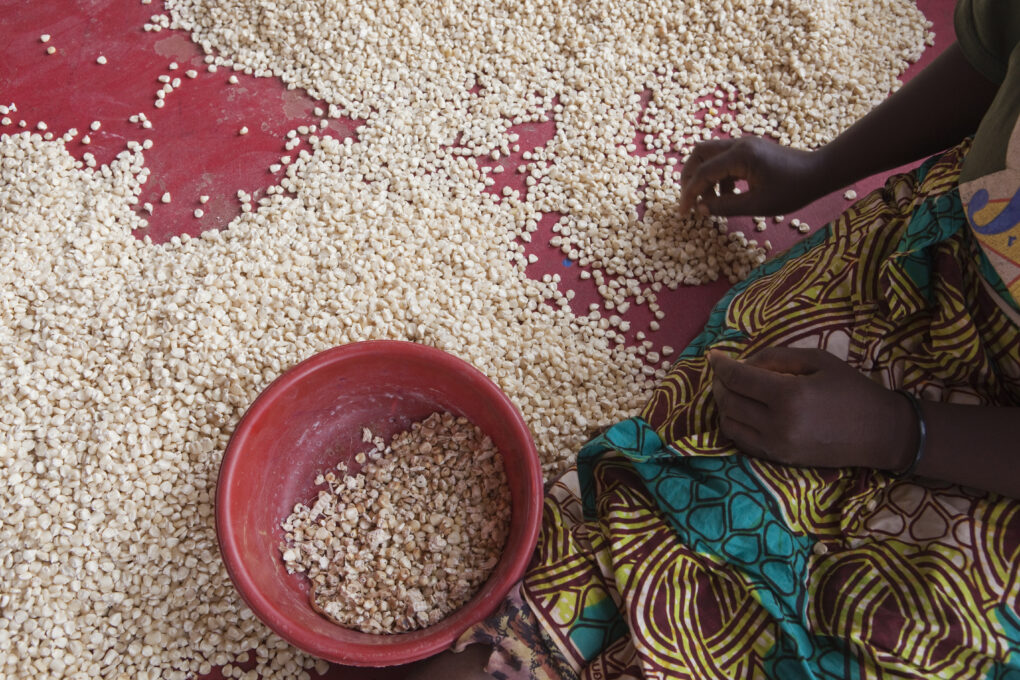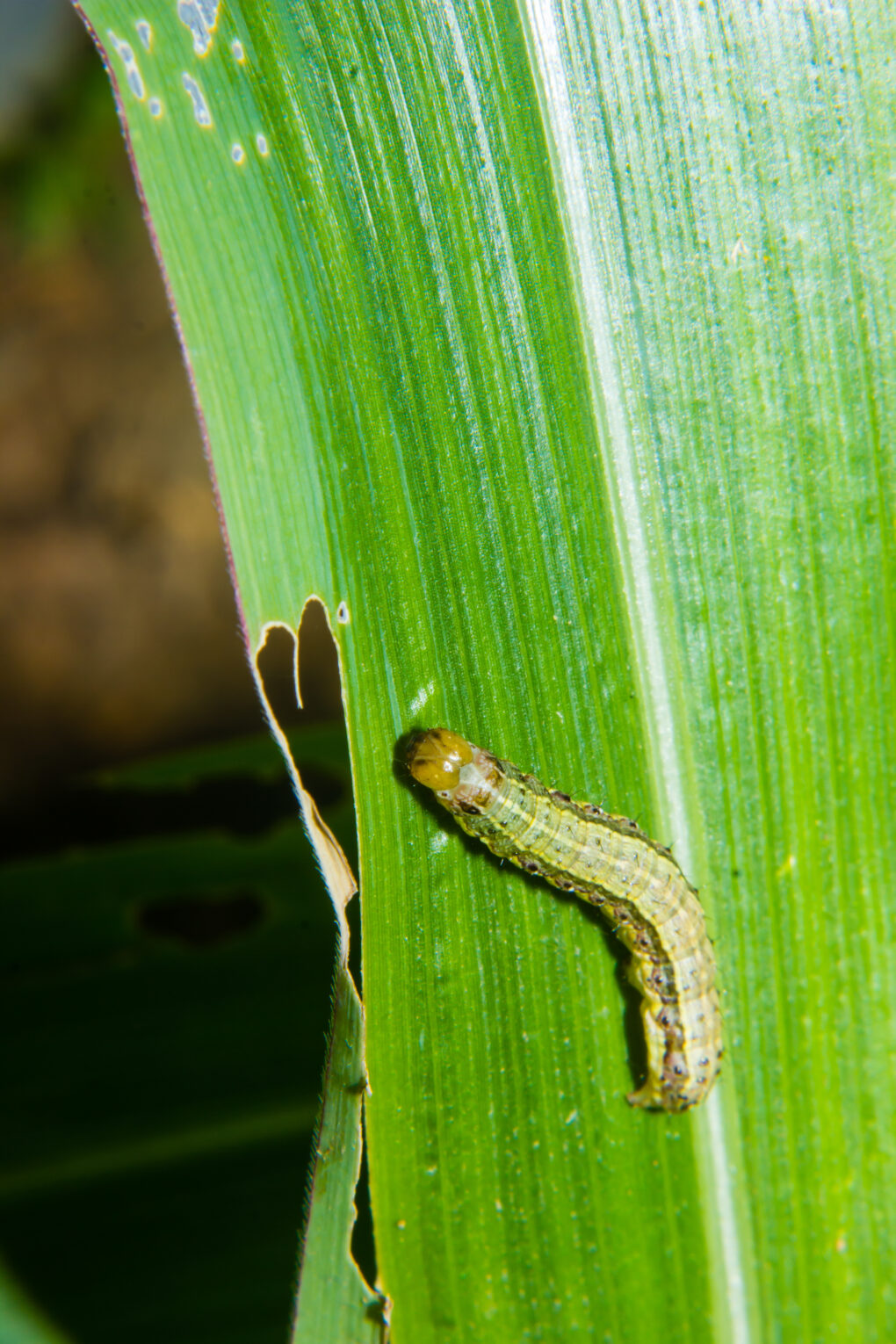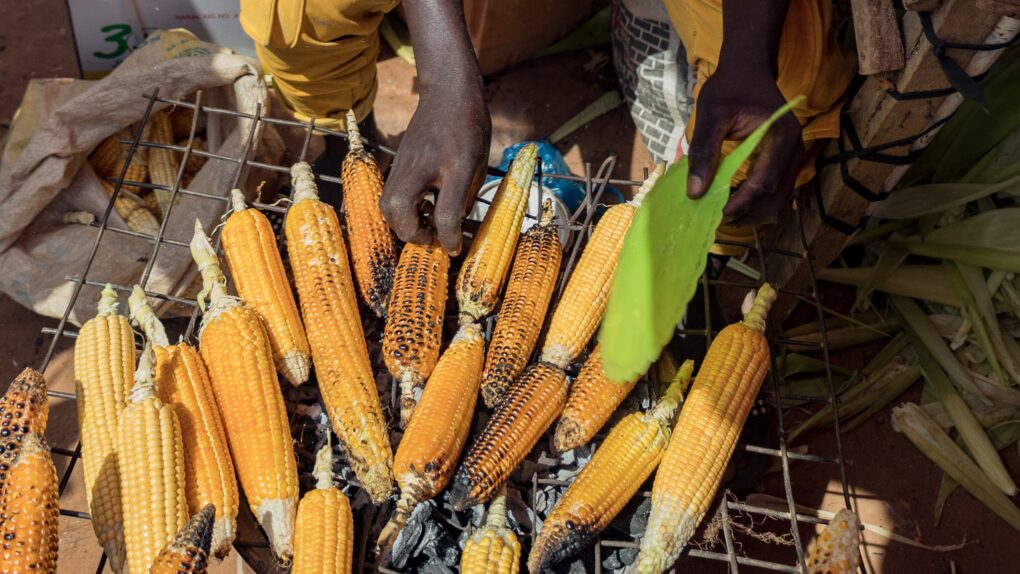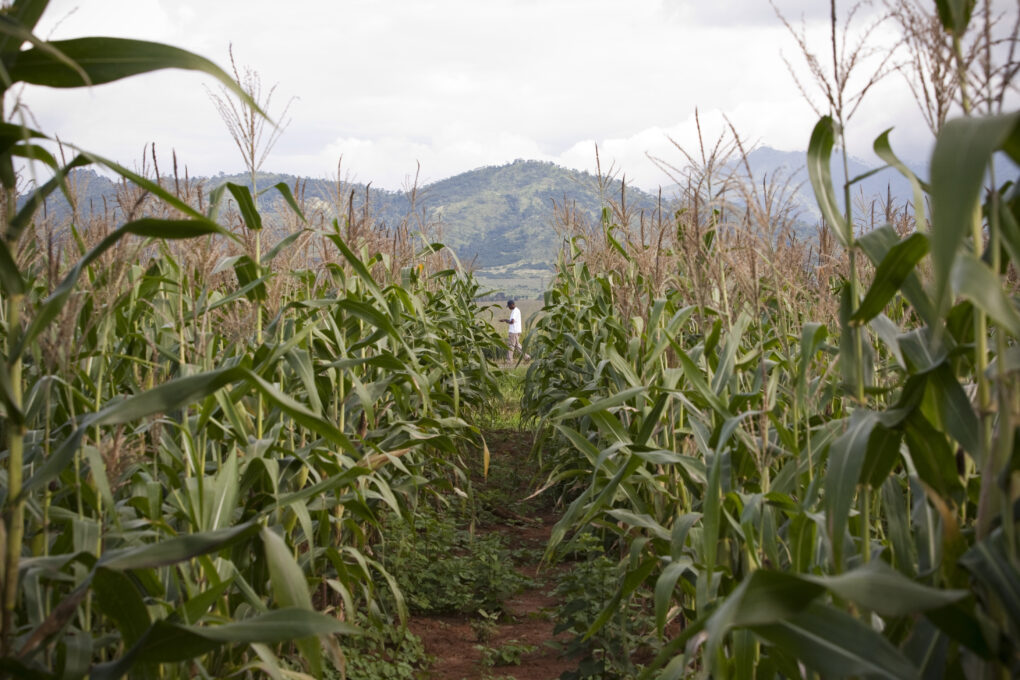Small-Scale Farmers Build Large-Scale Impact with Maize
Originating as a lowland wild grass in Mesoamerica, millennia of human domestication now means that maize, also known as corn, is one of the world’s “big four” staple crops — the most produced crop on every continent except for Antarctica.
Up to 20% of global maize production is lost to worsening heat extremes each year, while more than 60% of Africa’s maize-growing areas face drought and yield losses.
Source: Climatic Change
It is consumed worldwide and is the most consumed cereal crop in sub-Saharan Africa, where it accounts for around one third of all consumed calories, feeding more than 300 million Africans. Indirectly, maize supports even more of the food supply, with around 60% of global maize production being used for livestock feed.
Maize is eaten in various forms, by boiling or roasting the cob, grinding kernels into a porridge, or processed for flour, oil, and sweeteners. In India, maize is the third most important food grain after wheat and rice, making up almost 10% of the national food basket.
While the average annual global consumption is 18.5kg per capita, consumption exceeds 50kg a year in 22 countries, nine of which are in eastern and southern Africa. The crop represents roughly 30-50% of the expenditures of low-income households across Africa — which is a testament to maize’s importance for food security.
Improved maize varieties can increase crop yields for Africa by almost 40%.
Source: Agriculture
Across many African countries, it is predominantly grown by small-scale farmers and valued for its multiple food and non-food uses. Maize is the principal crop grown on Kenyan farms, with more than 3 million metric tons harvested each year, while Nigeria leads production in Africa at more than 33 million tons.



